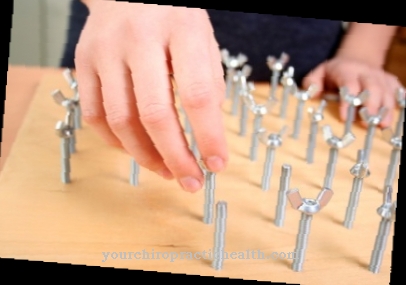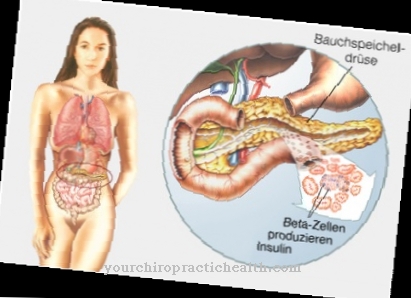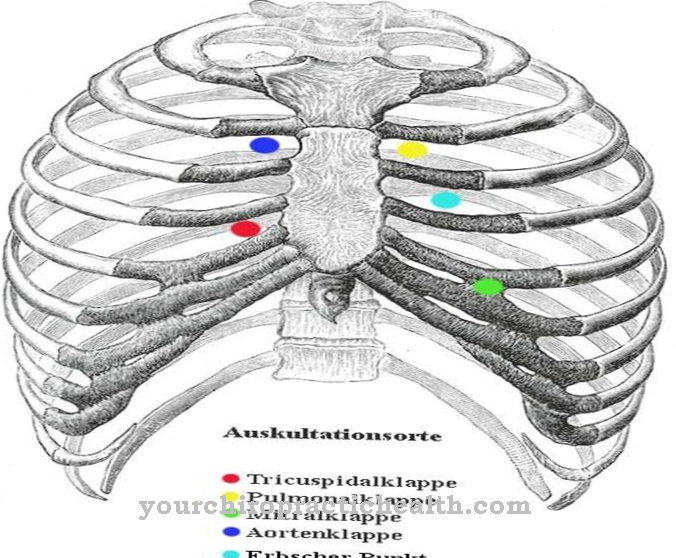Feer's disease or Acrodynia is a mercury poisoning that manifests itself in dermatological, motor and psychological-vegetative symptoms. Untreated acrodynia can result in fatal sepsis. Reliable antidotes are now available as a treatment option.
What is acrodynia?
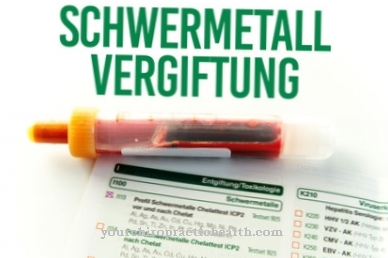
Acryodynia is also called Feer's disease or Feer's disease known. The apparition was first described by the Zurich pediatrician Emil F. Feer. Sometimes the disease is also from the Pink sickness or the toxallergic brain stem encephalitis the speech. These terms aptly describe the phenomenon in terms of its causes and key symptoms. Acrodynia is therefore the aftereffect of a symptom of poisoning and affects both the skin and the brain.
A brain stem encephaly occurs with permanent brain damage. The skin is affected by eczema and develops reddish discoloration. Overall, in addition to psychological-vegetative and dermatological symptoms, a number of motor and non-specific accompanying symptoms occur. Acrodynias are now rare. They occurred more frequently in the past millennium and at that time particularly affected children. Therefore, in the context of Feer's disease, there was often talk of childhood acrodynia.
causes
Acrodynia is usually preceded by mercury poisoning. The organism reacts with toxic-allergic reactions especially to chronic mercury poisoning. Various objects, medicines and ointments are possible sources of mercury poisoning. In addition to mercury-containing thermometers, energy-saving lamps and batteries, amalgam dental fillings, for example, can cause poisoning.
In the meantime, however, the use of mercury is limited to the scientific field because of its toxicity. There are therefore no longer as many sources of poisoning today as in the past. This has made the occurrence of acrodynia rather rare. Symptoms similar to those of mercury poisoning can also appear in the context of other heavy metal poisoning. Arsenic, gold, chromium and copper also cause toxic-allergic phenomena in high concentrations, although they are sometimes required by the organism in low concentrations.
Symptoms, ailments & signs
The main symptom of acrodynia is the brain stem encephaly. With this phenomenon, the myelin of the brain stem degenerates. The sympathetic and parasympathetic nervous systems are damaged in this process. As a result, psychological vegetative symptoms such as irritability, lack of appetite, depression and sleep disorders occur.
Photophobia, sweating, high blood pressure and a fast heartbeat are also symptomatic. Freezing, tremors, fever and cramps, but also sensory disturbances in the area of the feet and hands, are just as common. Most of the time, the skin also flakes. It often turns red in the palms of the hands and on the soles of the feet.
These dermatological symptoms are usually accompanied by itching, swelling, and eczema. The muscles of those affected often show reduced tension, which in some cases comes to a head with movement disorders or even paralysis. Unspecific accompanying symptoms such as tooth loss, hair loss and inflammation of the gums can also occur.
Diagnosis & course
In the case of acrodynia, the doctor primarily has to rule out meningitis and vitamin B deficiency using the differential diagnosis. Because acrodynia results from mercury poisoning, a test for mercury is performed in the patient's serum, urine, or saliva. Elevated mercury levels confirm the diagnosis of Feer's disease. If a urine test is preferred, a DMPS test is also used.
The mercury content is determined once before and once after the oral administration of dimercapto-1-propanesulfonic acid. A favorable prognosis is now valid for a recognized acrodynia. Undetected acrodynias are fatal in around five percent of cases. Usually death occurs as a result of lack of sleep or as part of pneumonia. Septic deaths can also occur for untreated acrodynia.
Complications
If acrodynia is not treated in time, it can lead to death. Mercury poisoning is a very dangerous condition for the human body and should always be treated by a doctor. As a rule, acrodynia has various complications.
These include depression and sleep disorders, which can also lead to an aggressive posture. The patients complain of loss of appetite and high blood pressure. In addition, there are panic attacks, sweats and fever. The quality of life is greatly reduced by acrodynia.
On the body there is usually swelling and reddened areas, which are also associated with itching. Severe acrodynia can cause problems with your teeth or hair. These fail in some cases. Acrodynia can be treated relatively well, but treatment must be carried out quickly.
The longer the patient waits to see the doctor, the greater the consequential damage. In most cases, the symptoms disappear after a few days and there are no further symptoms. After all the poison has been removed from the body, all symptoms recede.
When should you go to the doctor?
Acrodynia must definitely be examined and treated by a doctor. In the event of an acute emergency, you should definitely call an ambulance or go straight to the hospital. If left untreated, acrodynia can, in the worst case, lead to the death of the patient. Those affected suffer from various ailments. Usually there is a fever and convulsions.
Sensory disturbances and depression can also occur, and most patients also suffer from insomnia. If these symptoms occur suddenly, a doctor must be consulted. As the disease progresses, paralysis occurs in various regions of the body and teeth or hair can fall out. Urgent treatment is necessary for these acute symptoms. Itching or flaky skin can also be an indication of acrodynia. Treatment can either be provided by the family doctor or directly in the hospital. As a rule, the underlying disease or cause of the acrodynia must also be treated and ruled out in any case.
Doctors & therapists in your area
Treatment & Therapy
Acrodynias can now be treated well. Various methods are available for this. In addition to the administration of British Anti-Lewisite, treatment with penicillamine is one of the most important therapeutic options. The British anti-lewisite is abbreviated as BAL and sometimes also referred to as dimercaptopropanol or dithioglycerol.
It is an antidote against poisoning. Antidots are antidotes to various toxins and drugs. The administration of BAL shows a therapeutic effect in poisoning with various metals. In addition to mercury poisoning, for example, poisoning with gold, cadmium, chromium, bismuth or copper is also treated via BAL.
This form of treatment was first used in connection with arsenic. At that time arsenic poisoning in particular was treated as part of the warfare agent lewisite. Like BAL, penicillamine is a drug against various heavy metal poisoning.Penicillamine, however, is not a real antidote, but an alpha-amino acid that only stimulates excretion.
The amino acid binds with heavy metals and thus forms structures that are difficult to dissolve. The toxic substances can be excreted more easily through the kidneys when bound. Depending on which symptoms the acrodynia shows, symptomatic therapies may also have to be used in addition to the causal therapies. Ataxias can be alleviated, for example, through physiotherapy and occupational therapy.
Outlook & forecast
Acrodynia can cause various symptoms and complaints. Without treatment and with high levels of mercury, the patient can also die. In most cases, the main damage from poisoning is the nervous system. It leads to paralysis and other sensory disorders. The heartbeat increases and this can lead to heart problems or a heart attack. Sometimes the patients suffer from insomnia, depression and sweating.
Everyday life is made more difficult by general irritability and fever and the quality of life is drastically reduced. Furthermore, itching and swelling develop all over the body. The affected person can also suffer from hair loss and tooth loss, whereby these complaints lead to a difficult intake of food. Often there is also a lack of appetite, which leads to malnutrition.
Without treatment for acrodynia, the patient usually dies. The treatment takes place with the help of medication and can alleviate the symptoms. Furthermore, the absorption of mercury must be prevented. If treatment is started early, there is in most cases no reduction in life expectancy.
prevention
To prevent acrodynia, children in particular must be strictly protected from preparations and products that contain mercury. Since the toxicity of mercury is known today, the substance is no longer used outside of the scientific field anyway. This has eased the need for preventive measures a little. However, caution is still advised in contact with older products, ointments or medication.
Aftercare
With acrodynia, there are usually no special follow-up options available to those affected. The patient is primarily dependent on medical treatment. If this is not initiated in time, it can, in the worst case, result in blood poisoning and thus death of the person concerned.
Acrodynia is usually treated with medication. The affected person must always ensure that the medication is taken regularly in order to avoid further symptoms. Parents should also make sure that their children are always taking the medication correctly. Possible interactions with other drugs must also be taken into account.
Furthermore, the person affected with acrodynia should of course avoid the source of the poisoning and warn other people about it. In severe cases, surgical interventions are also necessary. After such an operation, the person affected should always rest and take care of their body as much as possible.
You should also avoid strenuous activities or movements. In some cases, physical therapy measures are also necessary to completely relieve the symptoms of acrodynia. The person affected can also do many of the exercises in their own home.
You can do that yourself
Acrodynia (Feer's disease) is severe mercury poisoning and can be fatal without professional treatment, especially in children, the elderly and people whose health has already been damaged. If they suspect mercury poisoning, those affected should therefore not hesitate to contact a doctor or a hospital immediately. Under no circumstances should self-treatment be attempted.
In contrast to the underlying disease itself, some of the accompanying symptoms can also be alleviated with simple means. Dermatological symptoms such as eczema, itching and swelling are particularly common. Oozing and itchy rashes often get better after using medicinal zinc ointment from the [[]] pharmacy or drugstore. The ointment is applied thickly to the affected areas and covered with a plaster or bandage.
There is no need for a cover on the face and neck. For skin changes that are particularly itchy, antihistamines in cream, tablet or drop form, which are available from pharmacies without a prescription, also help. Patients who cannot control the itching should wear cotton gloves, which at least prevent the damaged skin from being contaminated and injured by the fingernails and thus secondary inflammation.
Dental and gum problems, which are also common, should be discussed with a dentist. Increased oral hygiene is particularly helpful in the case of gingivitis.




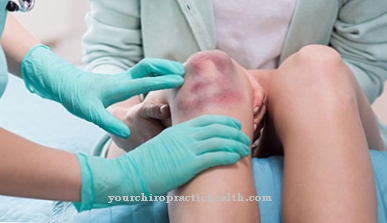

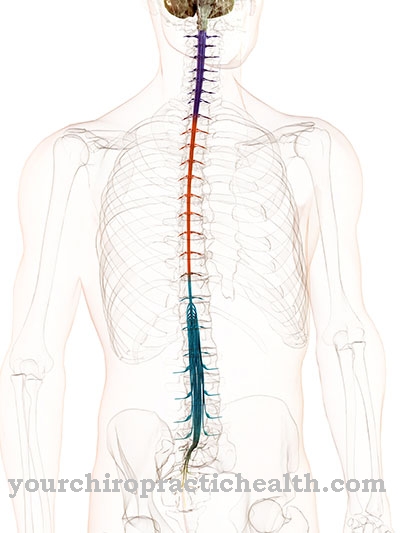

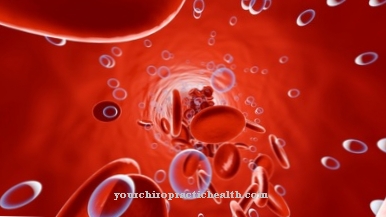

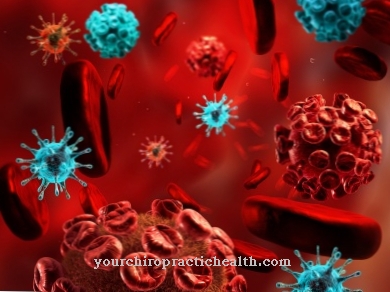
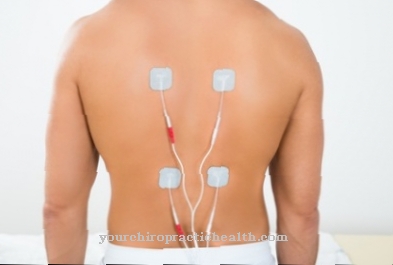
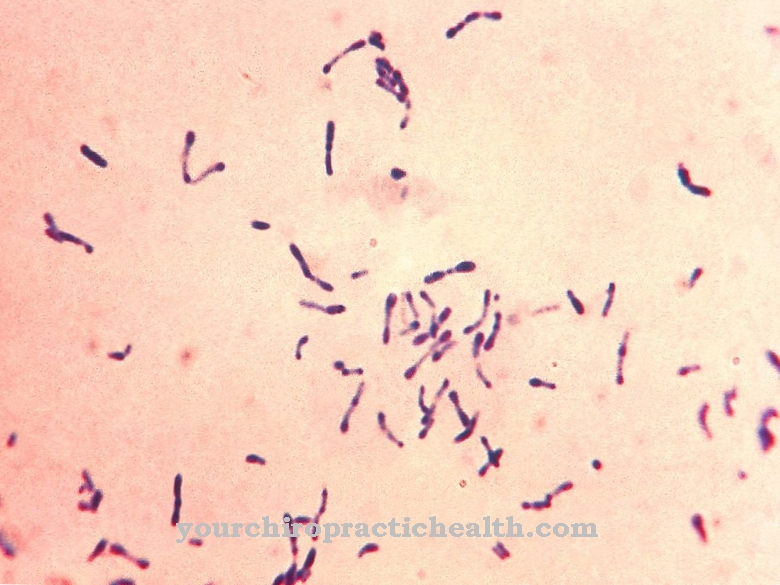
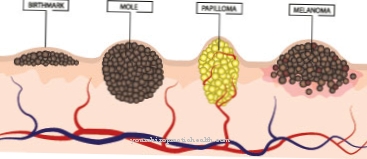

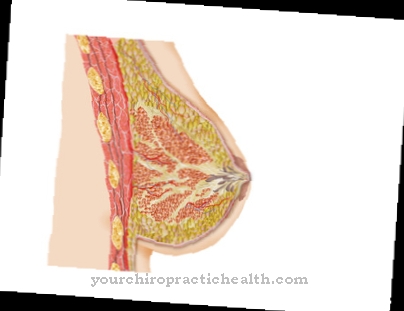
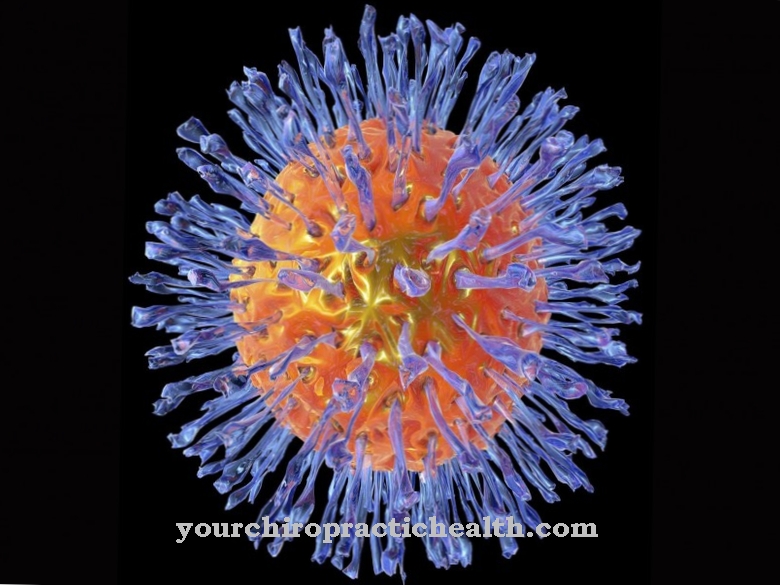
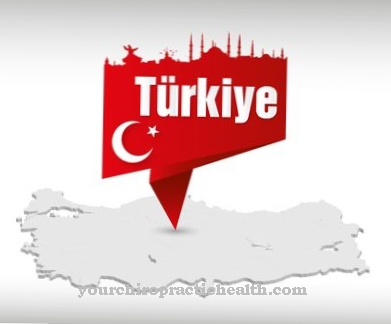


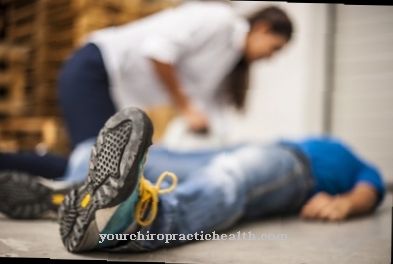


.jpg)
.jpg)
